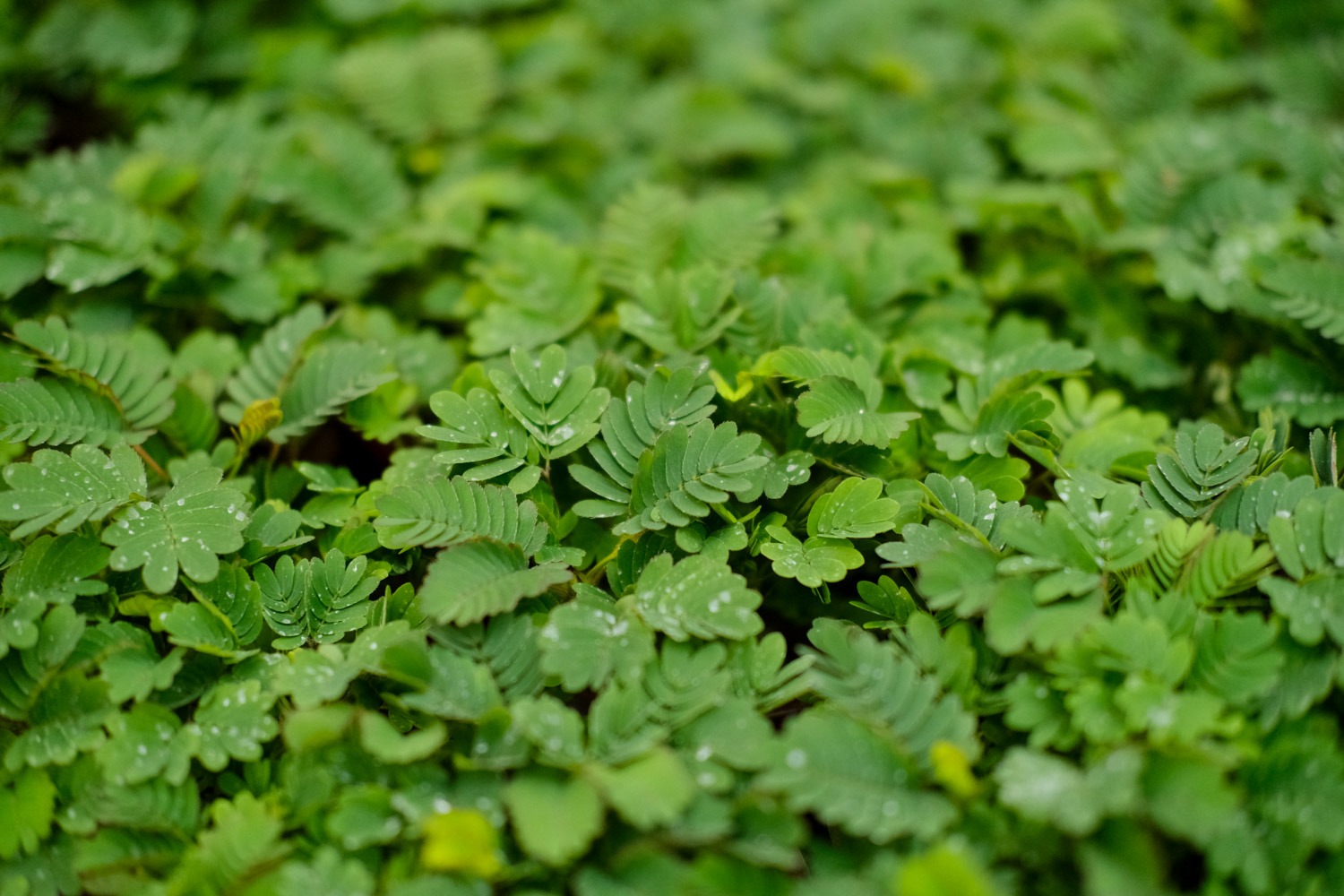1. How to plant Mimosa
Preparation before planting: mimosa can be planted in spring and autumn. At this time, the temperature is appropriate and will not be too cold or overheated. Before planting, the seeds can be soaked in warm water of more than 30 degrees and less than 40 degrees for more than three hours. After preparing the soil, you need to choose loose and fertile matrix as much as possible, or you can prepare it yourself. The garden soil, rotten leaf soil and fine yellow sand can be mixed and filled into the pot, and then an appropriate amount of culture soil can be added to fill the flowerpot to seven or eight points. Then water the basin soil and pay attention to watering thoroughly

Planting method: bury the seeds soaked in advance to a depth of about 0.5cm in the soil. Only one or two seeds need to be planted. Too much is not good. After planting, sprinkle several layers of thin soil, about three or four centimeters deep. Then wrap the whole flowerpot with plastic film to keep the pot soil moist all the time. And put it in a place with scattered light for curing, and control the temperature at about 15 to 20 degrees. Wait about two weeks and the seeds will emerge
Emergence culture: after emergence, the plastic film can be torn off, and then gradually enhance the light to make it gradually adapt to the external light. When watering, it is necessary to "see dry and see wet". When the seedling is about three centimeters high and there are five or six true leaves, it can be transplanted and planted separately. When transplanting, we should pay attention to transplanting with soil. The new seedlings are relatively fragile and need careful maintenance. After transplanting, first put it in a semi shady place for maintenance. After the slow seedling is completed, it can be maintained in a place with sufficient sunshine

2、 Mimosa information
Mimosa, also known as sensitive grass, know Mimosa, fear ugly grass and shy grass, is a perennial herb of Leguminosae. Native to the tropics of America, it is common in bushes and wasteland. Mimosa leaves will respond to external light and heat. Once they are touched by vibration or external force, they will close. That's why it gets its name
There are more than a dozen pairs of symmetrically distributed leaves on each leaf stem, which are generally feather shaped. It will also blossom, but the flowers are relatively small, and the flower colors are white and pink, which has a good ornamental effect
Mimosa leaves can predict weather changes and major natural disasters. People can keep some at home. But because it contains strong alkali and emits carbon dioxide at night, it's best to keep it on the balcony


 how many times do yo...
how many times do yo... how many planted tre...
how many planted tre... how many pine trees ...
how many pine trees ... how many pecan trees...
how many pecan trees... how many plants comp...
how many plants comp... how many plants can ...
how many plants can ... how many plants and ...
how many plants and ... how many pepper plan...
how many pepper plan...





























